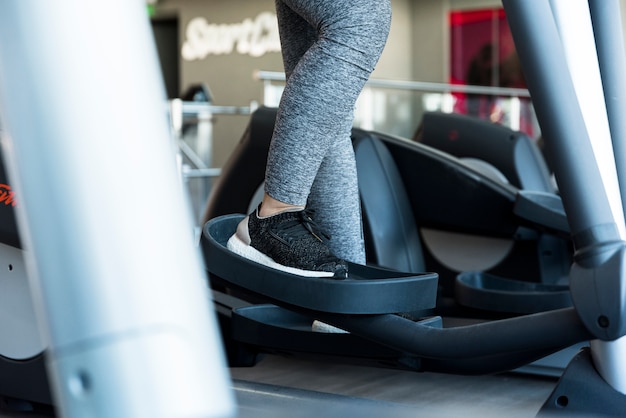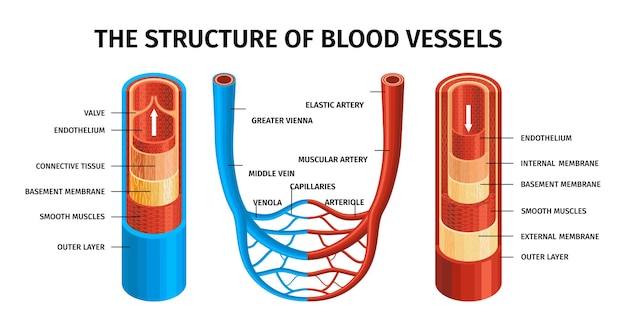Stair climbing is one of the most underrated yet highly effective forms of cardiovascular exercise. It’s accessible, free, and requires no special equipment. Whether you're climbing a few flights at work or using a stair climber machine at the gym, this simple activity delivers powerful benefits for your heart. In this article, we’ll explore 21 practical, science-backed ways stair climbing supports heart health—what actions to take, why they work, and how you can adapt them to your fitness level.
Regular stair climbing strengthens the heart muscle, enabling it to pump blood more efficiently. Over time, this improves aerobic capacity and reduces resting heart rate.

Consistent aerobic activity like stair climbing helps dilate blood vessels and reduce arterial stiffness, contributing to lower systolic and diastolic blood pressure.
Stair climbing increases HDL (good) cholesterol and helps lower LDL (bad) cholesterol and triglycerides, improving overall lipid profile.
The repetitive upward motion engages large leg muscles, promoting better blood flow and reducing the risk of venous stasis.
Climbing stairs burns 5–7 calories per minute, helping maintain a healthy weight—a key factor in reducing heart disease risk.
Muscle engagement during stair climbing increases insulin sensitivity, helping manage glucose levels and reducing type 2 diabetes risk—a major contributor to heart issues.
Like any muscle, the heart responds to exercise. Stair climbing provides resistance that strengthens the myocardium over time.
A lower resting heart rate indicates a more efficient cardiovascular system. Regular stair climbing helps achieve this over weeks of consistent effort.
Chronic inflammation is linked to atherosclerosis. Aerobic exercise like stair climbing reduces C-reactive protein (CRP) and other inflammatory markers.
Stair climbing enhances endothelial function, which helps blood vessels relax and contract properly, supporting healthy blood pressure.
VO2 max measures how well your body uses oxygen during exercise. Stair climbing is a potent way to boost this critical indicator of cardiovascular fitness.
By building lean muscle and burning fat, stair climbing helps reduce visceral fat—the dangerous fat around organs that increases heart disease risk.
Taking the stairs instead of the elevator adds consistent physical activity to your day, reducing sedentary behavior linked to heart disease.
Strong glutes, quads, and calves improve circulation and support heart health by reducing strain during daily activities.
Climbing stairs improves lung capacity and oxygen utilization, reducing strain on the heart during exertion.
Higher HRV is associated with better autonomic nervous system balance and lower cardiovascular risk. Regular aerobic exercise improves HRV over time.
By improving cholesterol, blood pressure, and weight, stair climbing directly lowers the risk of plaque buildup in coronary arteries.
Stress and depression are linked to heart disease. Stair climbing releases endorphins, reducing stress and improving mood.
Better neuromuscular control reduces fall risk, especially in older adults, supporting long-term heart health through sustained mobility.
Whether you're a beginner or advanced, you can adjust speed, duration, and resistance on a stair climber to match your ability and progress safely.

Because it's simple and time-efficient, stair climbing is easier to stick with long-term—key for lasting heart benefits.
Start with 5–10 minutes daily and gradually increase to 30 minutes most days of the week. Use handrails for balance if needed. On a machine, adjust resistance and monitor heart rate to stay in your target zone (50–85% of max heart rate). For outdoor climbing, begin with one or two flights and build up.
Stair climbing is a powerful, accessible tool for supporting heart health. From lowering blood pressure to improving cholesterol and building endurance, its benefits are backed by science. By incorporating even small amounts into your routine, you can make a meaningful impact on your cardiovascular well-being—no gym membership required.

Health

Health

Health

Health

Health

Health

Health

Health

Health

Health

Health

Health

Health

Fitness

Health

Health